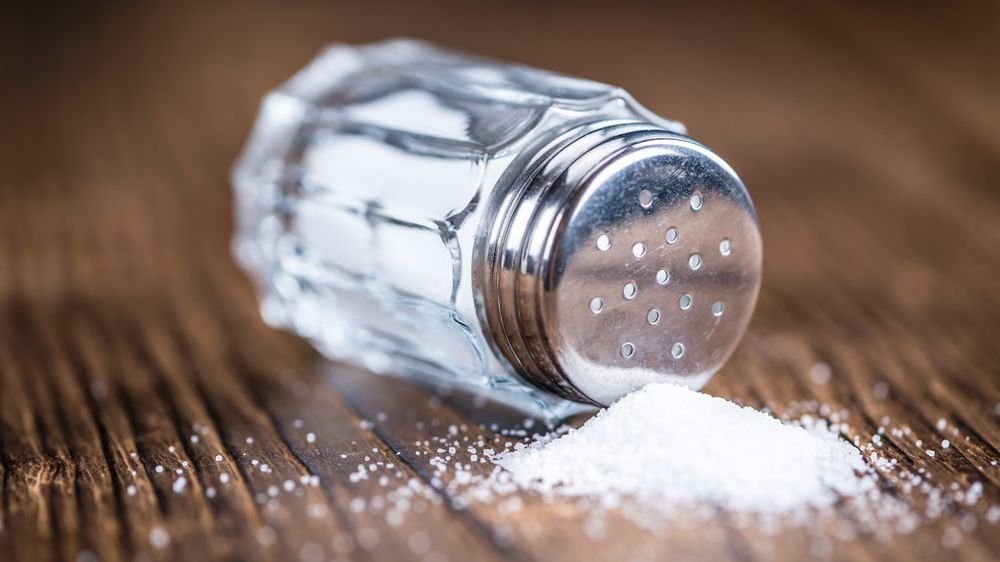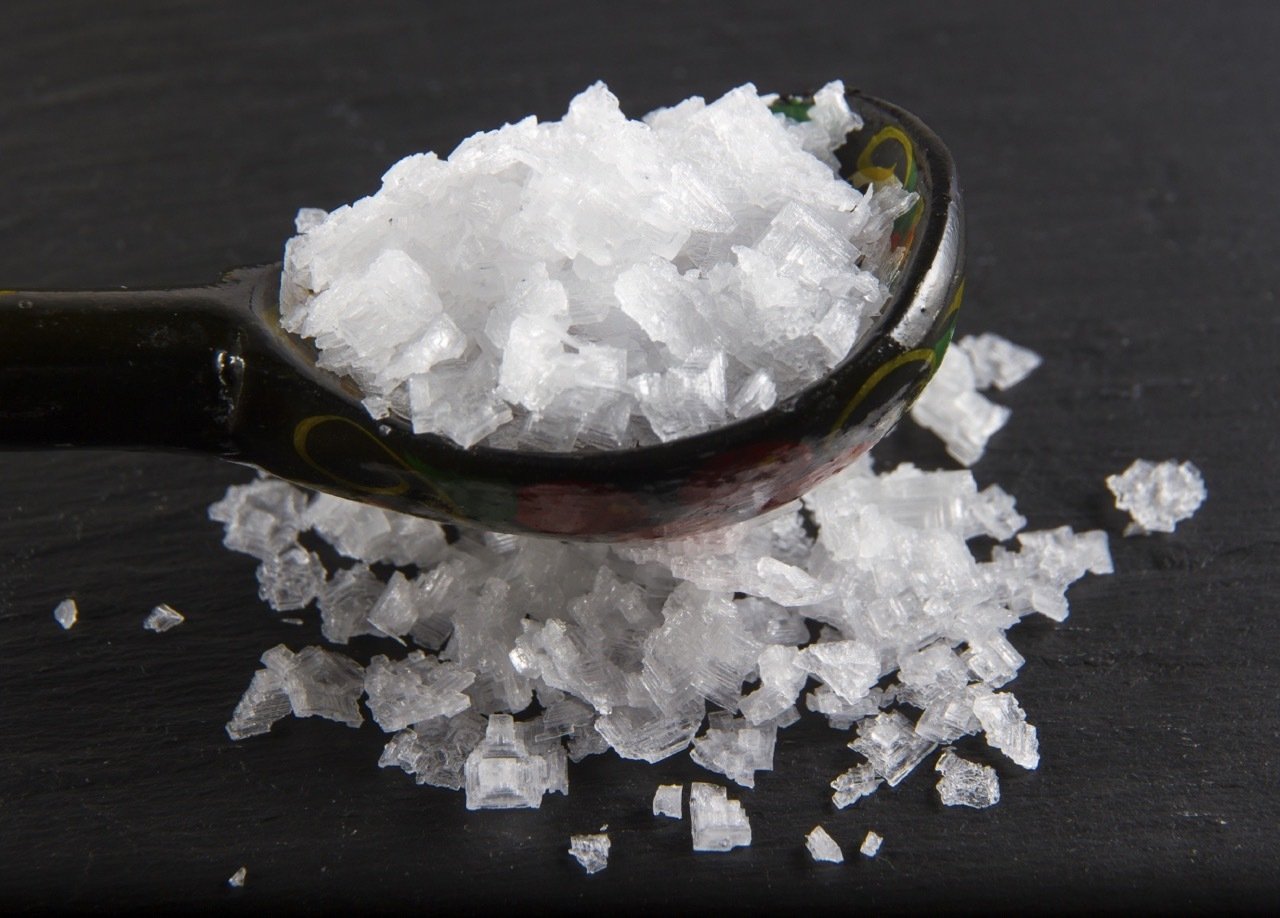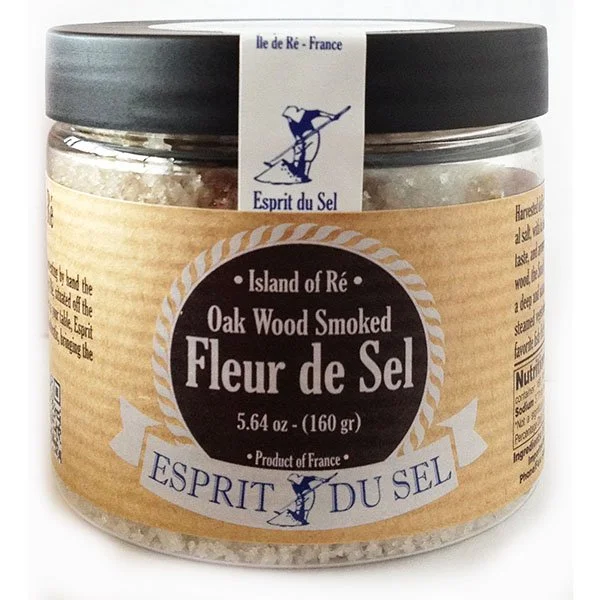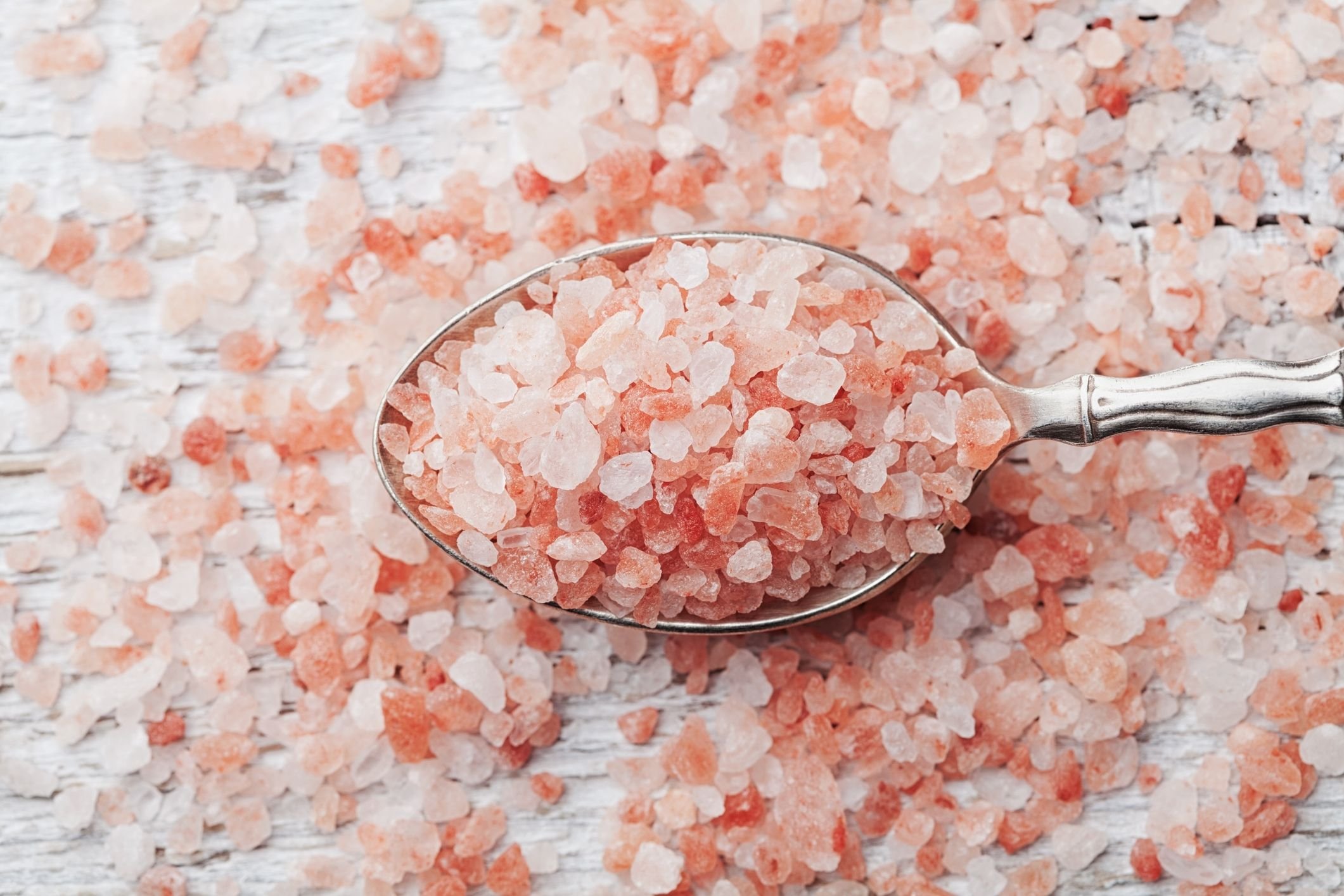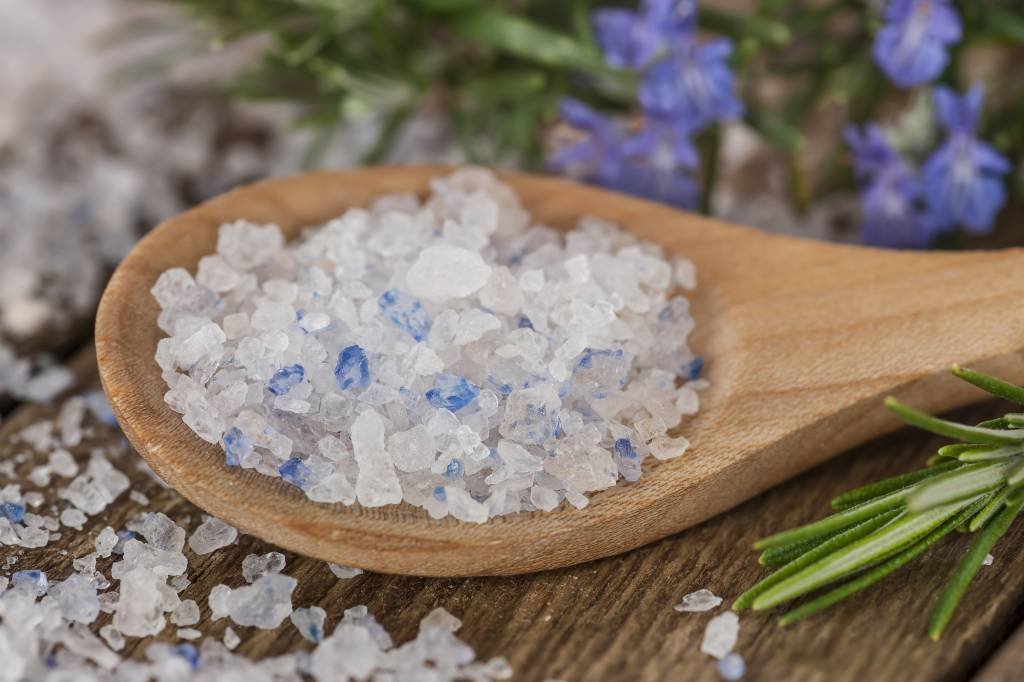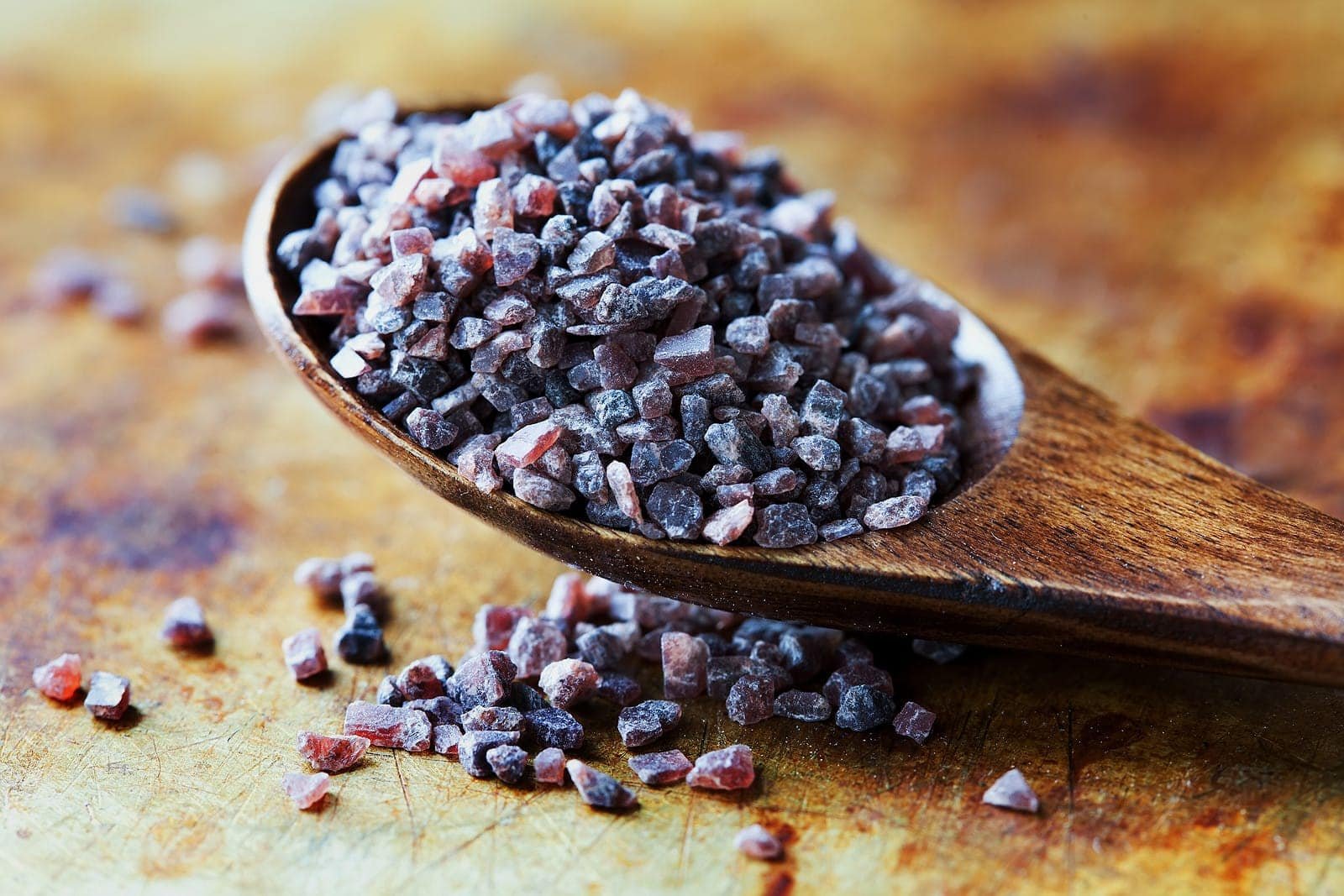Understanding Salt
Chef Adam Moore
The oldest flavour in the world has a long history. At one stage salt was the most precious commodity in the world, often used to pickle and preserve food. And often traded, taxed and used as a means of payment. Salt has had many uses but when we season our dishes isn’t it all the same?
The best answer to this is NO. Not all salts taste the same and they also have different functions.
To learn how to assess different salts, we need to consider the four following elements:
Taste - is it clean and pure, does it crunch or melt in the mouth or does it have other characteristics?
Size and shape - can impact the taste, smaller crystals may be saltier and larger might be crispier or crunchier.
Landscape/ environmental – was it mined or harvested, was it collected from clay or soil? (sometimes salt may come from volcanoes).
Additives / enhancers – salt can be enhanced with other flavours to produce new tastes such as wine, citrus, truffle, and smoke.
Salt in general should be white (but can be other colours like grey, red, brown) with a clean, crisp saltiness that is cleansing on the palette; it can also have a tartness with slight bitter notes. Australian sea salt often is the cleanest in the world and is typically pure white or almost clear.
TABLE SALT
Considered the perfect all-purpose salt, table salt is used as an ingredient or seasoning in most cooking and baking recipes. Often table salt is a small consistent crystal white and free flowing due to the anticaking agent added to stop it clumping. Table salt is added normally at the table after cooking.
IODISED SALT
During the 1920s a lot of Australians had an iron deficiency often causing goitres or the enlarging of the thyroid. The government regulated adding potassium iodate to salt to help prevent the health issue. This salt is not ideal for pickling, preserving, or curing as the iodine often reacts with the iron making foods change colour from green to purple. Often has a slight bitterness or metallic note to it.
COOKING SALT
A larger coarser crystal normally used in cooking. Added to water (which increases the boiling point) or added to baked goods. Can have a stronger intensity in the mouth due to the larger crystal.
ROCK SALT
This salt can be white or pink, is coarse like little rocks and can be grated, ground in a mill or used to stabilise items during baking or to keep oysters in place on the plate.
FLAKE OR SEA SALT
A pyramid or flake-like structure that has evaporated on salt flats, this tends to be dry and crunchy with a clean refreshing taste. It’s perfect as a finishing salt on meats, blended with herbs and spices to create a unique spice blend, or added onto baked goods for a bold flavour contrast.
FLEUR DE SEL
French Salt, often called the “caviar of salts” due to its high price, is only produced off the coast of Brittany, France, from May to September. Often very delicate and harvested by a unique brush/rake made from wood, it tends to look wet even when it’s dry. This salt is perfect as a finishing salt for savoury meals and even sweets like chocolate and caramel. It features a light salty flavour and a highly desirable blue-grey tint.
KOSHER SALT
Initially used in Jewish cooking following the food guidelines in the Torah, Kosher Salt is used for extracting blood from meat, thereby ‘koshering’ the food. Often found in America and used in preserving and pickling. Large, coarse and uneven white grains give this salt its favourable texture and slow melting characteristics.
HIMALAYAN SALT
This vibrantly pink salt is often mined from the Khewra Salt Mine in Pakistan, deep in the mountains with high traces of iron ore and minerals. It has a bolder flavour from the highly complex mineral content often a slight metallic finish. Himalayan salt also has a high heat tolerance and contrary to popular belief is not a healthier salt.
PERSIAN BLUE
This salt is hand-harvested in the ancient salt mines of Iran. The salt was formed 100 million years ago. It is a rich blue colour and is the rarest salt in the world. The intriguing blue colour occurs during formation and is due to the salt’s crystalline structure, as intense pressure is exerted on the salt deposits. The individual crystals fracture the light creating an optical illusion that makes the salt appear shimmering blue.
BLACK SALT
A transparent flake sea salt first collected by hand from the pristine waters of the Isle of Cyprus. The salt is then permeated with carbon that has been activated with oxygen, creating highly porous charcoal, which binds to the flake.



